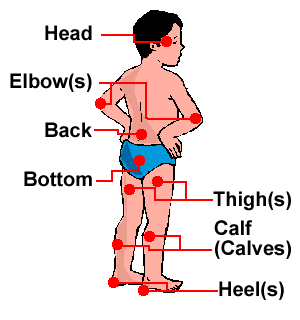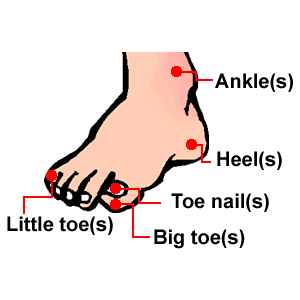In semester 1, we have learned about narrative text. But in semester 2 we will learn about narrative text again. The following explanation..:D
Narrative text is a text that is used for the purpose of entertaining or a musing, creating, stimulating emotions, motivating, guilding, and teaching the listeners and it usually deals with actual or vicious experience.
Narrative text has three elements or parts :
1. The orientation introduces main characters in a setting of place and time. It tells about : the story’s setting , the time when the story happens, and the main characters of the story.
1. The orientation introduces main characters in a setting of place and time. It tells about : the story’s setting , the time when the story happens, and the main characters of the story.
2. The complications tells the problems of the story and how the main characters solve them. Series of events ( It includes situations, activities, or events that lead to the climax or complication. )
3. The Resolution tells the ending of the story (The complication or problem is solved here. It shows the end of the story, usually a happy ending ).
The Characteristics of Narrative text :
1. Past Tense
2. Dialogues
3. Lingking words that are connected with the time
4. The wring / it use the first person (I) and the third person (he, she, they).
5. The purpose is to enternain and to muse the readers.
1. Past Tense
2. Dialogues
3. Lingking words that are connected with the time
4. The wring / it use the first person (I) and the third person (he, she, they).
5. The purpose is to enternain and to muse the readers.
Some Important points in the story of narrative text are :
It uses temporal conjuction : Ex. Once upon a time, a long time ago, etc.
It uses simple past tense : Ex. There lived one day there etc.
It uses temporal conjuction : Ex. Once upon a time, a long time ago, etc.
It uses simple past tense : Ex. There lived one day there etc.
Example:
Once upon a time there was a beautiful place called Neverland where Peter Pan and Tinker Bell lived.Not so far from this place is the city of London where John, Wendy and Michael Darling lived.They really love the story of Peter.One day Peter Pan appeared and asked the children to fly to Neverland.They where excited to see the scenery and beauty of Neverland.Then, they were surprised to know the existence of a cruel pirate called Captain Hook.One day Captain Hook captured Tinker Bell and forced her to show Peter Pan’s place.In doing so all Peter’s friends, the Darlings were captured and taken to the pirate ship.Captain Hook frightened the children by putting them on the plank.
Suddenly, Peter Pan appeared and stopped everything in a fierce duel, he threw Hook and all the pirates overboard.Hook was chased away by the crocodile and nobody cared to save him.
The Darlings were so happy and thankful to Peter Pan. They told Peter their intention to go home.With the sprinkle of Tinker Bell’s Pixie Dust.Captain Hook’s pirate ship was sailing through the skies of Neverland, heading back to the Darling’s home in London.


















